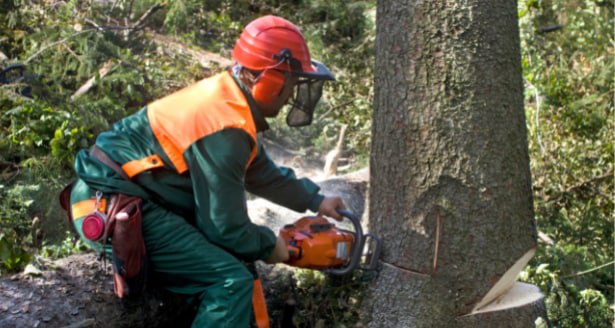
Introduction: Proper hedge maintenance is essential for ensuring the health and aesthetics of your garden. While trimming your hedges is a crucial part of this process, the care you provide after trimming is equally important. At T Wells Tree Surgeons, we understand that post-trimming care can make a significant difference in the longevity and appearance of your hedges. This blog post provides essential care tips to follow after trimming your hedges, helping you maintain a vibrant and healthy garden.
- Watering
Hydration is Key
- After trimming, your hedges may be more vulnerable to stress and dehydration. Ensure that they receive adequate water, especially during dry periods. Deep watering is recommended to encourage the roots to grow deeper into the soil.
Watering Schedule
- Water your hedges early in the morning or late in the evening to minimise evaporation. Avoid watering in the middle of the day when the sun is at its peak.
- Mulching
Benefits of Mulching
- Applying a layer of mulch around the base of your hedges helps retain soil moisture, regulate soil temperature, and reduce weed growth. Mulch also adds organic matter to the soil as it decomposes, improving soil structure and fertility.
Types of Mulch
- Organic mulches, such as wood chips, bark, and compost, are excellent choices. To prevent rot, ensure the mulch layer is about 2-3 inches thick and kept away from the hedge stems.
- Fertilising
Nutrient Boost
- Trimming can sometimes stress your hedges, making them more susceptible to nutrient deficiencies. Apply a balanced fertiliser to provide essential nutrients and promote healthy regrowth. Choose a slow-release fertiliser for sustained nourishment.
Timing and Application
- Fertilise your hedges in early spring and again in late summer. Follow the manufacturer’s instructions for application rates to avoid over-fertilisation, which can harm your plants.
- Pest and Disease Management
Regular Inspections
- After trimming, inspect your hedges regularly for signs of pests and diseases. Early detection and treatment can prevent severe infestations and damage.
Organic Solutions
- Use organic pest control methods, such as neem oil, insecticidal soaps, or introducing beneficial insects like ladybirds. For fungal diseases, remove affected foliage and consider applying a fungicide if necessary.
- Pruning and Shaping
Minor Touch-Ups
- After the main trimming, you might notice some uneven growth or missed spots. Perform minor touch-ups with sharp shears to maintain the desired shape and appearance of your hedges.
Avoid Over-Pruning
- Be careful not to over-prune, as this can weaken your hedges and reduce their ability to recover. Aim for light, regular trimming rather than heavy, infrequent cuts.
- Protection from Extreme Weather
Wind and Frost Protection
- Newly trimmed hedges can be more susceptible to damage from strong winds and frost. Consider using windbreaks or frost covers to protect your plants during adverse weather conditions.
Monitoring and Adjusting
- Monitor weather forecasts and be prepared to take protective measures as needed. Adjust watering and fertilising practices based on weather conditions to support your hedges’ health.
- Encouraging Regrowth
Patience and Care
- After trimming, give your hedges time to recover and regrow. Avoid heavy trimming during this period to allow for healthy new growth.
Proper Support
- Ensure your hedges have proper support and spacing to grow freely. If necessary, install stakes or supports to guide the growth and prevent damage.
Conclusion: Post-trimming care is essential for maintaining the health and beauty of your hedges. By following these essential care tips, you can ensure that your hedges remain vibrant and well-maintained throughout the year.
Call us on: 01892 352898
Click here to find out more about T Wells Tree Surgeons
Click here to complete our contact form and see how we can help you with your tree’s needs.